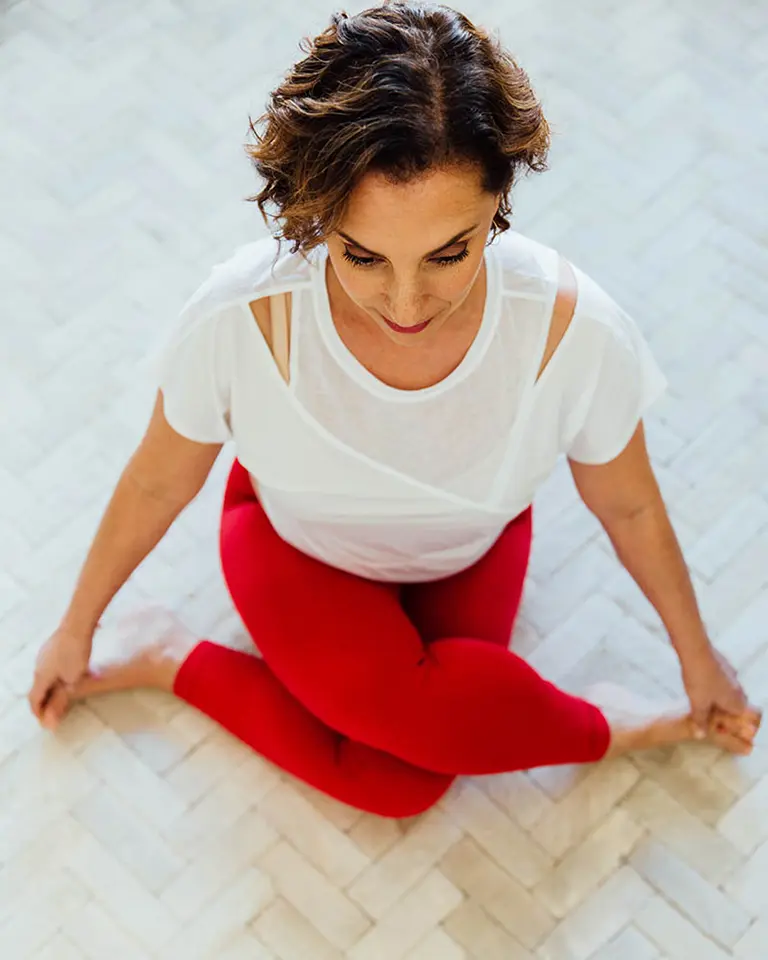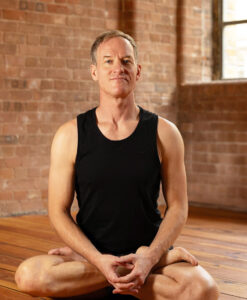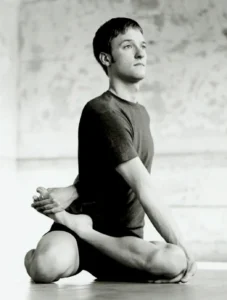Oh the irony. The sweet, sweet irony of going to yoga class to “find balance” or “inner peace” only to find ourselves rushing through Sun Salutations or consistently choosing the “hardest” variation of a pose even if we are way out of our depth. We’ve all been there. Slowing down is hard. It doesn’t sound sexy or ambitious or entertaining. And yet, if we profess the desire to better manage our stresses or to navigate our daily lives with more ease and efficiency and less, well, self-torture, then learning to slow down is a worthy practice.
Jason and I dive deeply into this subject this week and we offer ideas for setting the intention to slow down in your yoga practice. I hope it resonates during the rush of the holidays.






